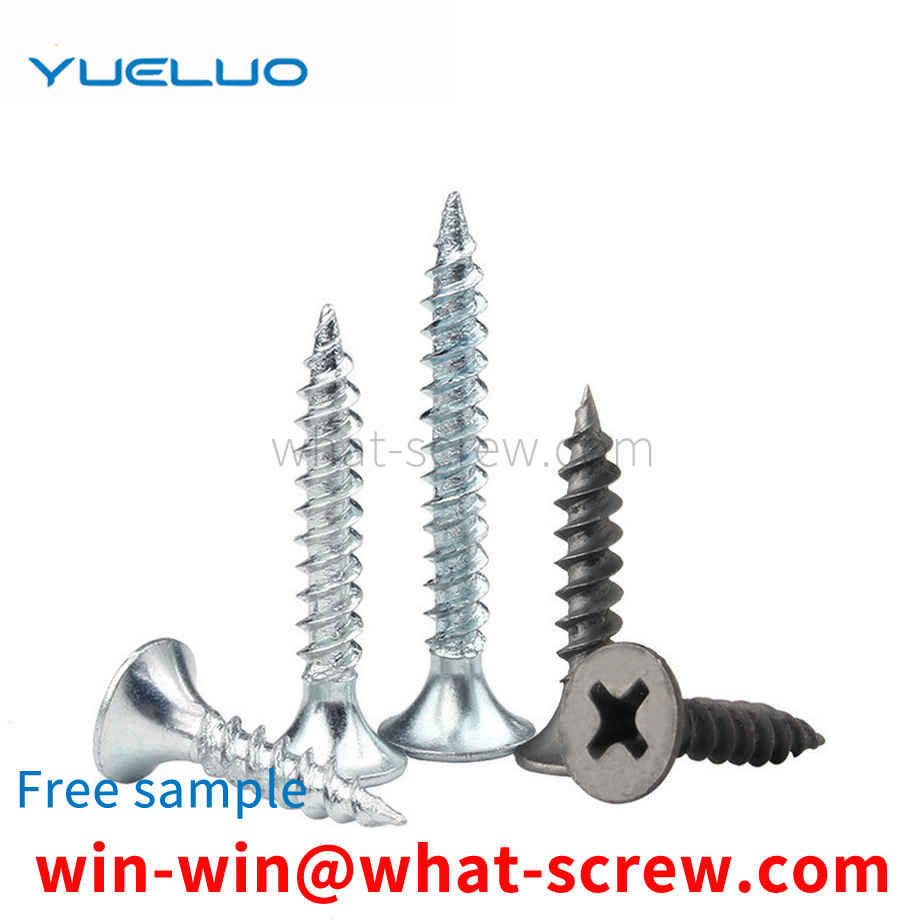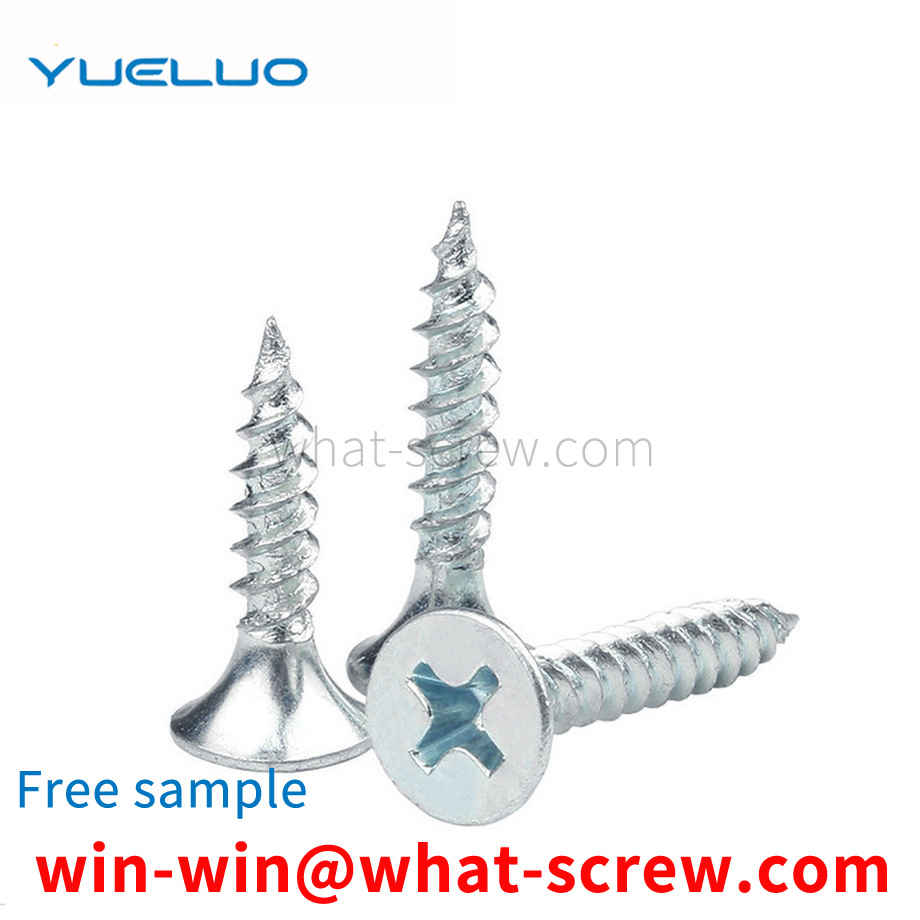Fig. 1, Fig. 2, and Fig. 3 show that the rivet nut is cut into the required blank from a chemically treated low carbon steel disc, and the blank is placed in the die, and the upper and lower punches are used for shaping to obtain a shaped blank. , and then put the shaped blank in the die, use the punch punch to cold-head out the required brim blank (1) and the deformed skirt (2), and then use the punch punch in the die to continue Cold heading out the brim blank (1) and the deformed skirt (2). Then put the semi-finished material into the concave die and use the punch of the punch to continue to squeeze the threaded hole (3) of the nut tapping skirt, and then put the semi-finished blank into the concave die and use the upper punch and the lower sleeve to drop it. material. There are fish teeth (6) below the brim; the outer side of the lower end of the threaded hole is provided with a chamfer (5); the cross-section of the thread of the inner wall of the threaded hole is an isosceles trapezoid, and the upper bottom of the trapezoid is a concave arc (4), In this way, the riveted object is firmly connected to the rivet nut.
The quick-install and quick-release nut uses the threaded block to move radially and axially along the inclined surface at the same time to achieve the cohesion and separation of the threaded block. However, the nut has a complex structure and is difficult to manufacture, and the internal and external threads may not be properly locked during use. Occurs, bearing capacity and reliability are poor.
At present, the main four kinds of anti-shedding nuts are still prone to falling off. Friction and anti-shedding are in the case of shock, vibration and variable load. At the beginning, the nut will decrease in preload due to relaxation. As the number of vibrations increases, the loss of preload will increase. The force increases slowly, eventually causing the nut to loosen and the threaded connection to fail. The mechanical nut is prevented from falling off by adding a stopper, which makes it inconvenient to disassemble. The riveting and punching prevention is to prevent the separation by welding, bonding, etc. This method can only be disassembled by destroying the bolt pair.
Yueluo relates to a self-tapping screw according to the preamble of claim 1. A self-tapping screw is known from EP0623759B1, the ratio of the outer diameter to the smaller diameter of the self-tapping screw is about 1.25-1.5, the ratio of the outer diameter to the pitch lead is about 1.5-1.6 and the thread The flank angles of , are < 50° and ≥ 35°. EP0433484B1 proposes a self-tapping screw whose thread is provided with cutting teeth of approximately arcuate design, and the cutting edge and the thread crest are at the same horizontal position and are set in opposite directions. One purpose of Yueluo is to realize a general type of self-tapping screw so that it can be screwed particularly easily into holes drilled in concrete or other materials such as bricks and the like. According to Yueluo, this object is achieved by the features in the characterizing part of claim 1, and surprisingly, it has been found that the parallel arrangement of the flanks, ie with a flank angle of about 0°, will make screwing particularly easy when screwing in , especially if the diameter of the hole varies within an allowable tolerance. One reason may be due to the fact that there is no lateral pressure on the material screwed into the thread, even if threads of different depths are cut in concrete or other materials such as brick, chipped plywood, or hardwood. The thread cuts into the material over its entire width by cutting grooves. In particular according to the embodiment of claim 3 the material cut out when screwing in the screw can be discharged without any accumulation, the dependent claims reflecting many advantages of further embodiments.
Wood screws, one of which is a polished rod, the angle and pitch of the teeth of the wood screws and self-tapping are different. Self-tapping screws have high hardness, wide thread spacing, deep threads, and uneven surface, while wood screws are the opposite. Another difference is more obvious. Wood screws have no threads at the rear. Self-tapping screws are generally subject to heat treatment, and wood screws are not required. The concept of self-tapping screws is actually very general, because there are many kinds of them according to different head types. Use of wood screws: Similar to machine screws, but the thread on the screw is a special rib for wood screws, which can be directly screwed into wooden components (or parts).
We have many years of experience in the production and sales of screws, nuts, flat washers, etc. The main products are: enlarged and thickened flat washers, barb four-corner nails, CM countersunk head socket head cap screws and bolts, elastic washers and other products, we can provide you with suitable products. Your fastener solution.



















 Service Hotline
Service Hotline




